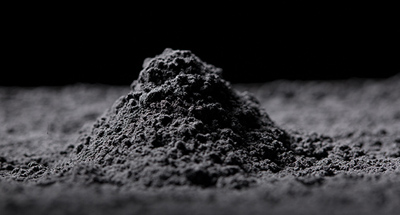Global carbon black market forecast at $18.09 billion by 2029
Pune, India – The global carbon black market size was valued at USD 12.61 billion in 2021. The market is projected to grow from USD 13.22 billion in 2022 to USD 18.09 billion by 2029, exhibiting a CAGR of 4.6% during the forecast period. The global COVID-19 pandemic has been unprecedented and staggering, with carbon black experiencing lower-than-anticipated demand across all regions compared to pre-pandemic levels. Based on our analysis, the global market exhibited a decline of -11.5% in 2020 as compared to 2019 according to Fortune Business Insights.
Carbon black is obtained from the thermal decomposition of heavy petroleum raw material such as ethylene cracking tar, coal tar, or FCC tar. It is highly adopted, owing to its beneficial characteristics such as efficiently absorbing ultraviolet (UV) light and converting it into heat, increased tire tread wear and rolling resistance, improved thermal conductivity, and superior UV protection. Processes, such as oil furnaces and thermal, are mainly used in product manufacturing. The increasing product consumption in tire manufacturing and the rising plastic demand for electronics, consumer goods, and automotive industries will fuel the market growth.
The rubber industry is growing rapidly, owing to the increasing demand from the automotive, electronics, consumer goods, and construction industries. In these industries, rubber goods are highly utilized in producing wires & cables, tires, hoses, air springs, windows & doors, belts, and gaskets. Nearly each rubber compound consists of carbon black as a filler to reinforce and enhance its physical characteristics. Additionally, it aids in strengthening the volume and vulcanization of rubber. Besides, it conducts heat away from the tread and belt area of tires. This leads to improving the lifespan of rubber products. They are extensively added to various parts of tires such as inner-liners, sidewalls, and carcasses. The increasing product adoption of rubber products, coupled with rapid growth in the tire industry, will drive the global market during the forecast period.
Based on application, the market is segmented into tire, non-tire rubber, inks & coatings, plastics, and others. The tire segment is likely to dominate the market in the forthcoming years. The product accounts for about 30% of the overall weight of a tire produced. Moreover, rapid growth in the automotive industry has fueled the consumption of tires, helping in product demand.
The non-tire rubber segment is anticipated to showcase significant growth, owing to high product demand as a reinforcing agent and shock absorbent in the production of various industrial rubber products. Industrial rubber products, such as soles of shoes, rubber mats, rubber roofing, conveyor belts, gaskets, seals, hoses, and cables, primarily consist of carbon black. The demand for black pigment from the producers of plastics, inks, paints, and coatings is expected to increase due to consumer preference for black-colored products. This will increase the consumption of carbon black as a pigment in plastics and inks & coatings applications.
Capacity expansion is an important strategy employed by key market leaders, such as Cabot Corporation and Orion Engineered Carbons S.A., to maintain their position in the market. Cabot Corporation is a producer of specialty chemicals and performance materials. Its global network consists of 42 manufacturing facilities in 20 countries worldwide. Moreover, Birla Carbon Thailand Public Co. Ltd. is another prominent company operating in the market. Globally, the company holds 13% of the share in the production of the product. The company has 16 manufacturing sites and two technology centers. Birla Carbon operates in North America, Europe, and Asia Pacific

